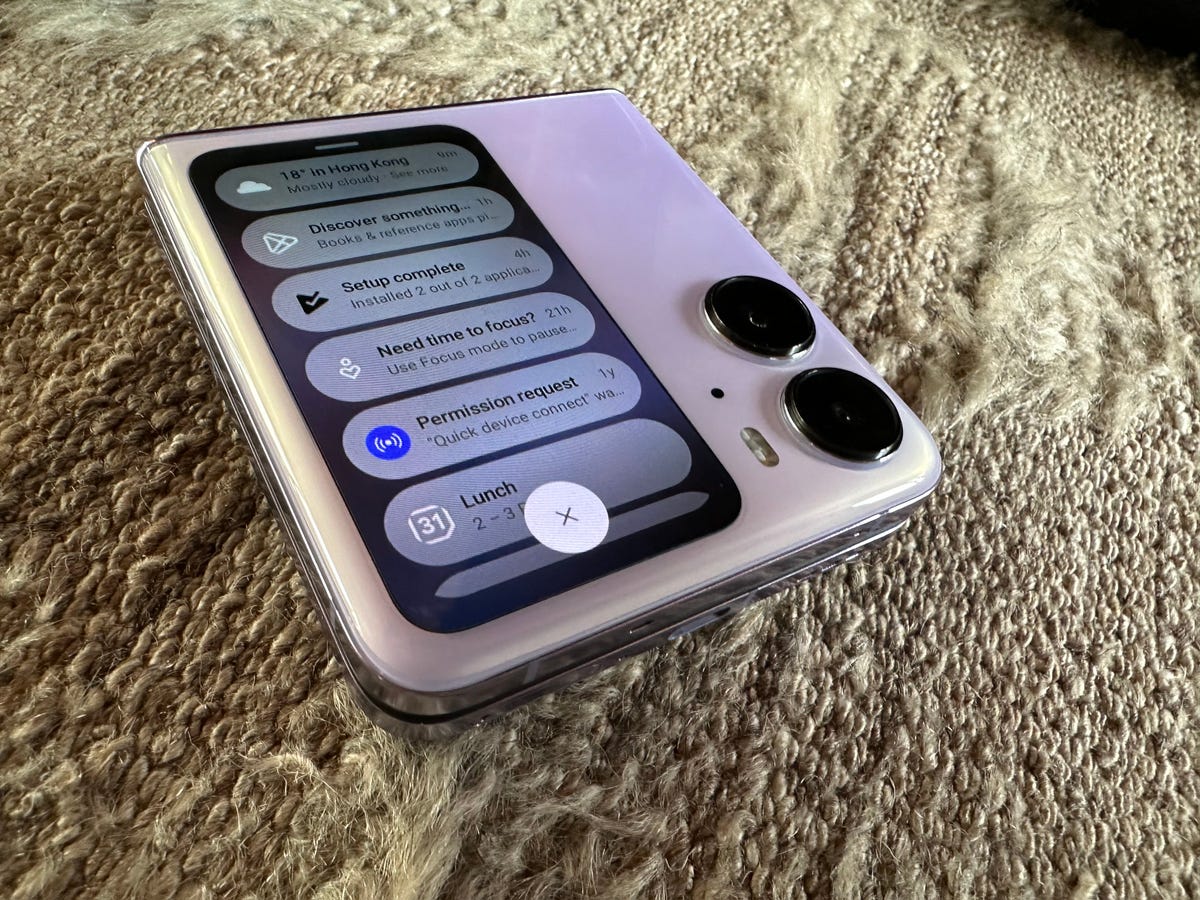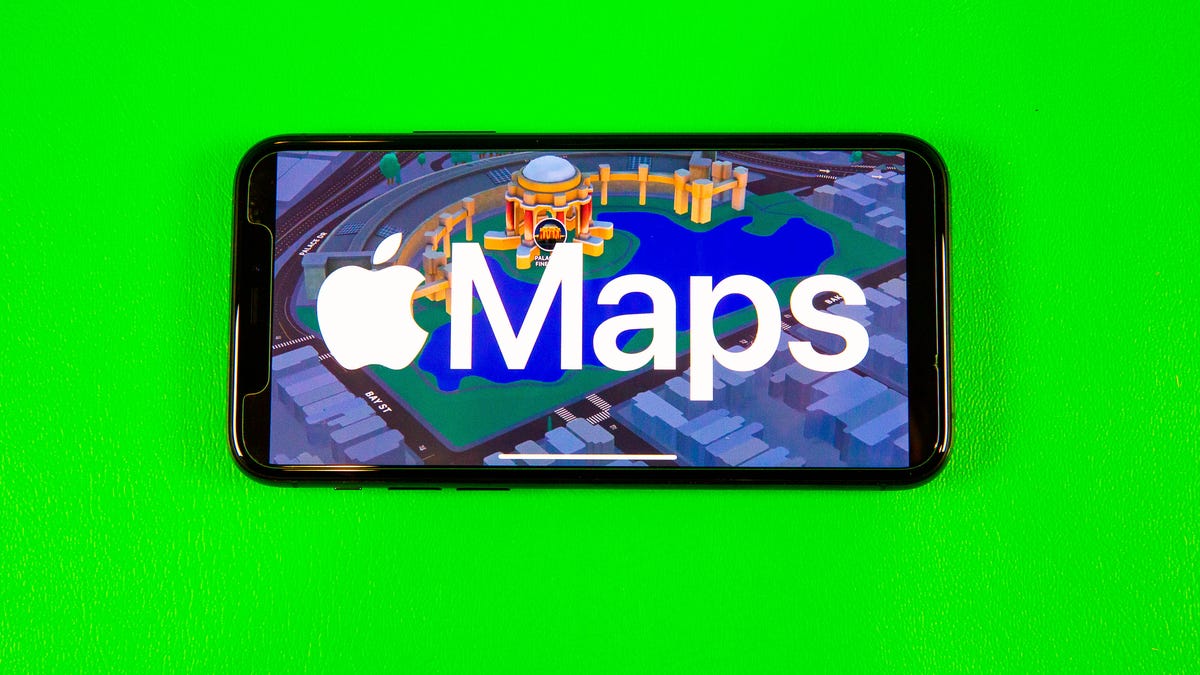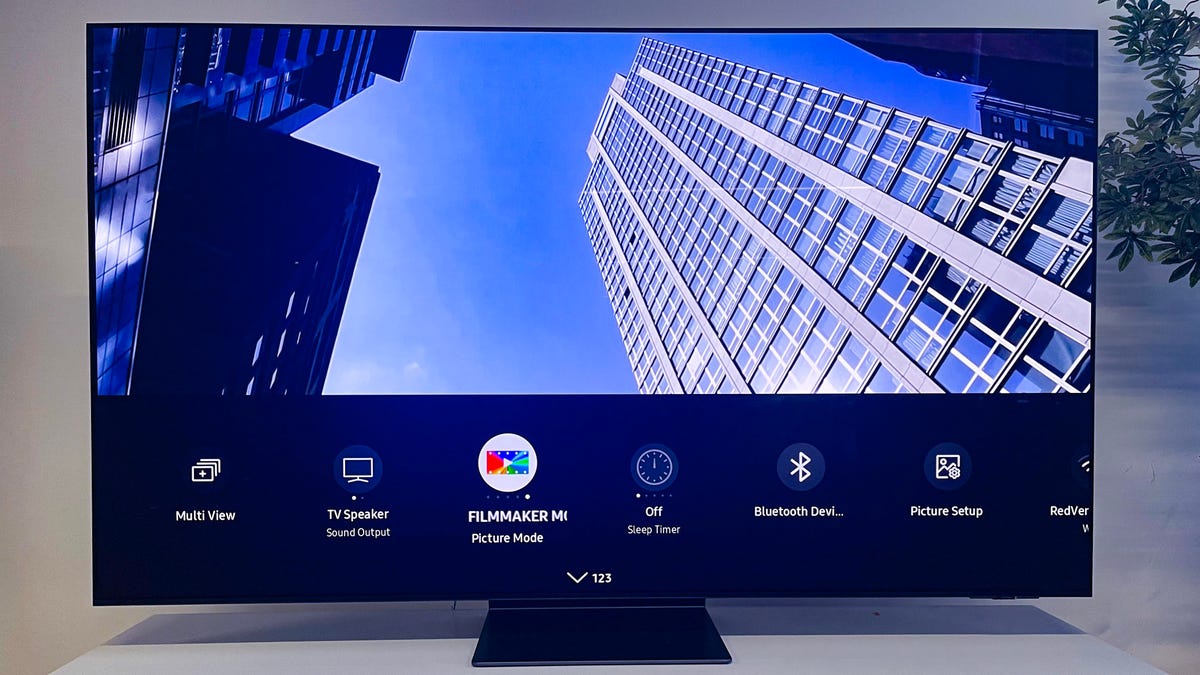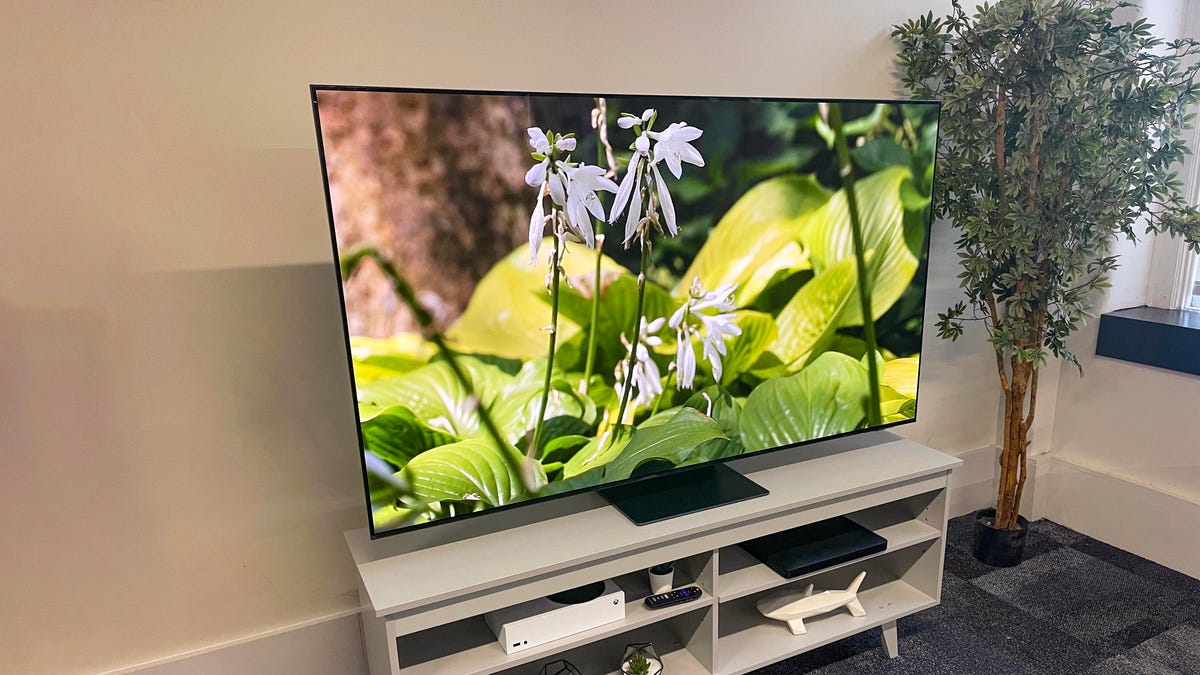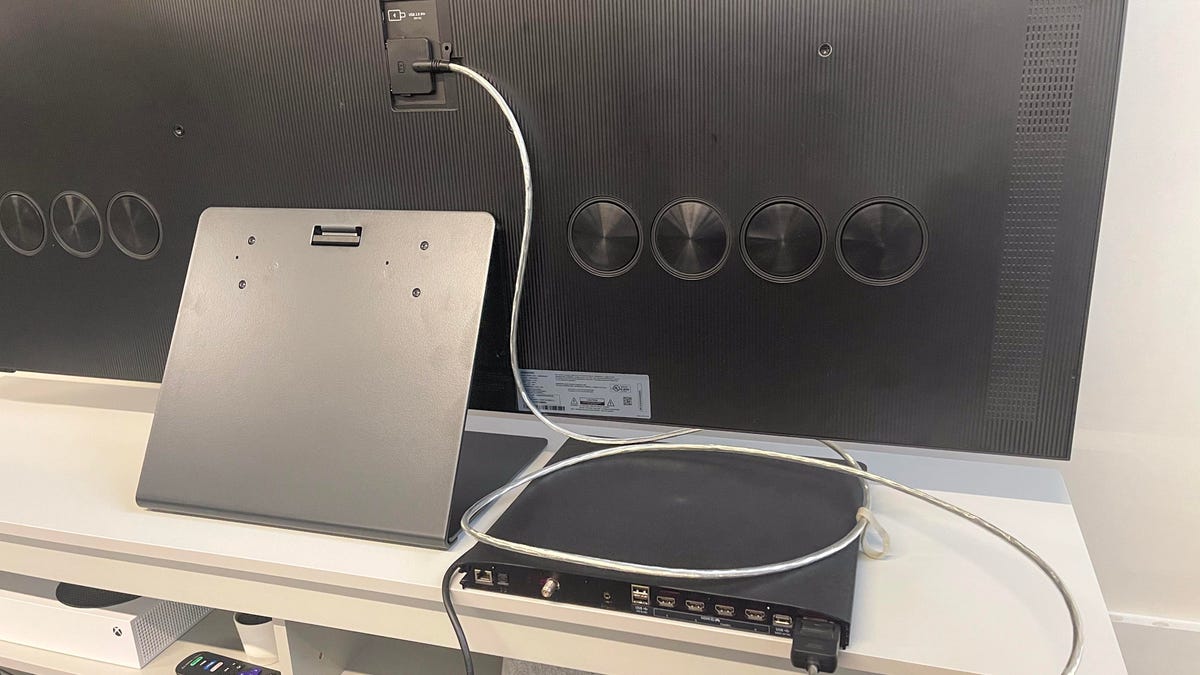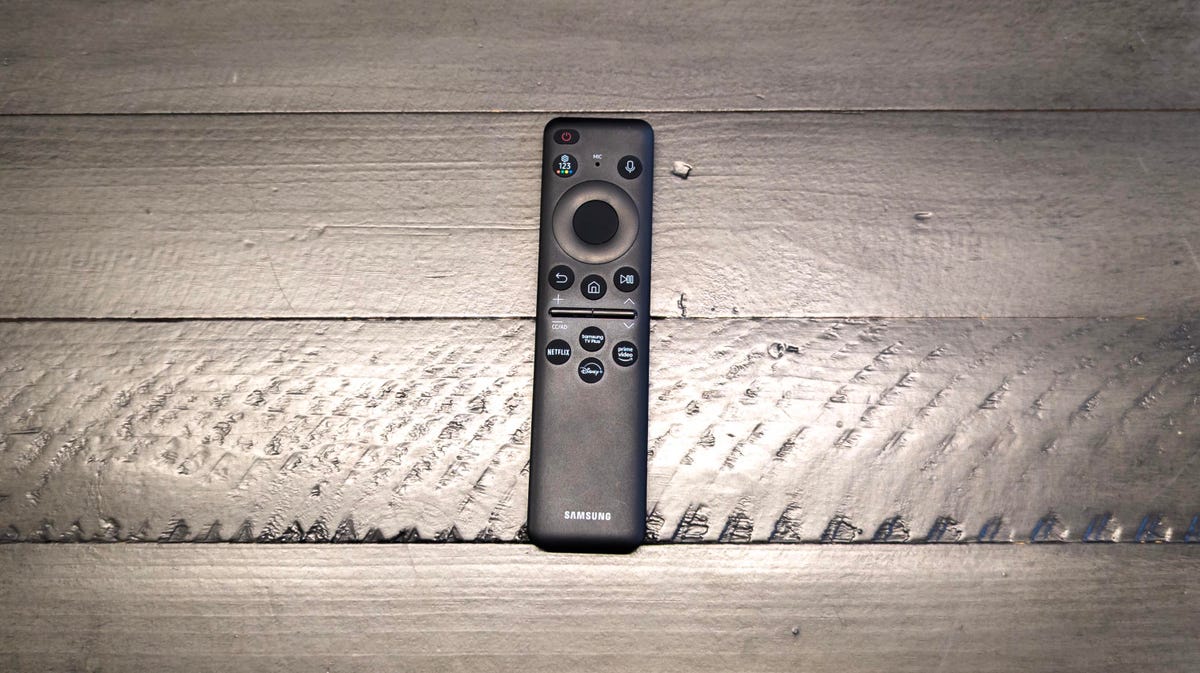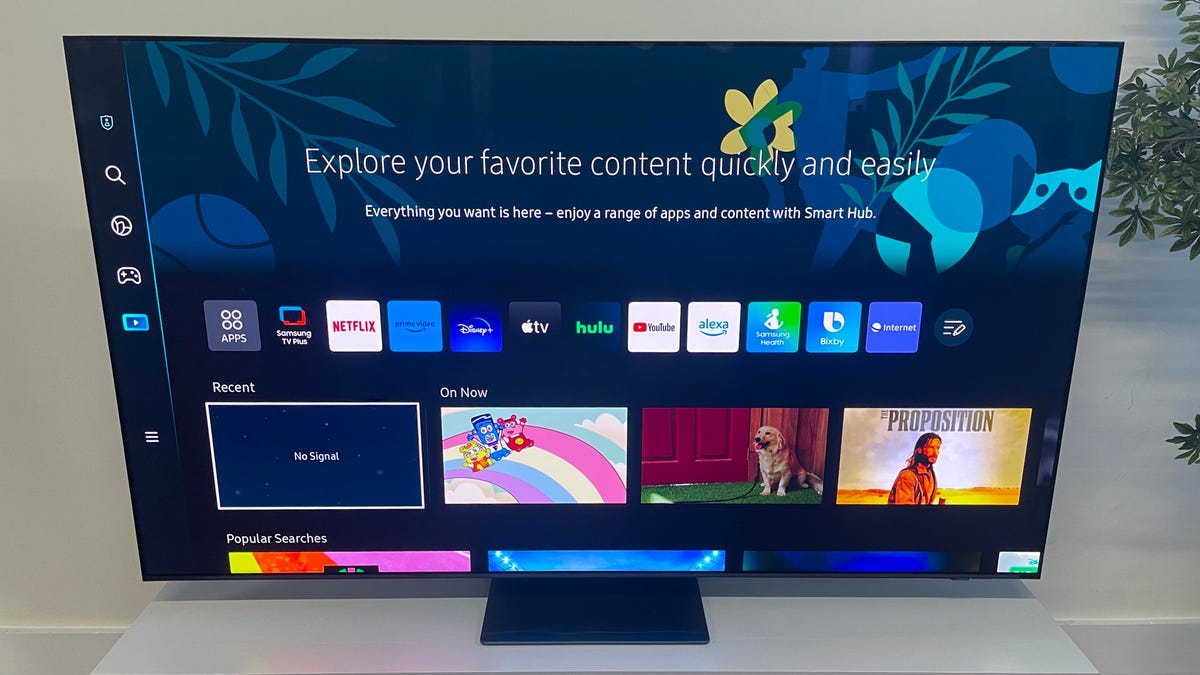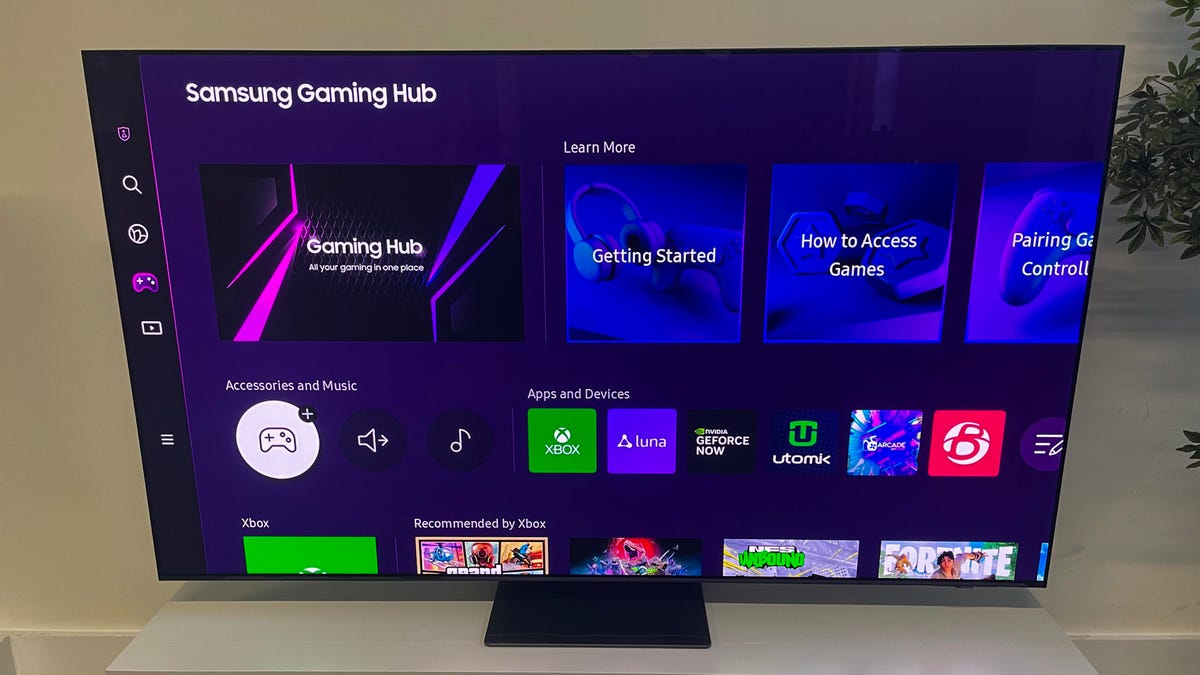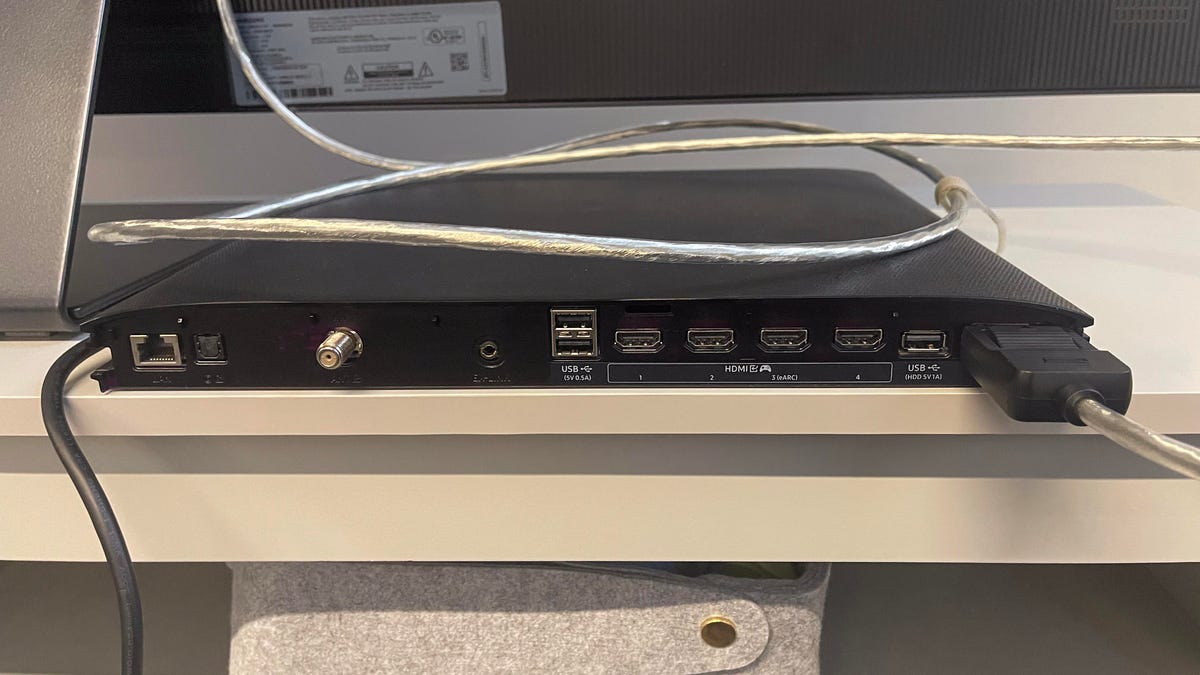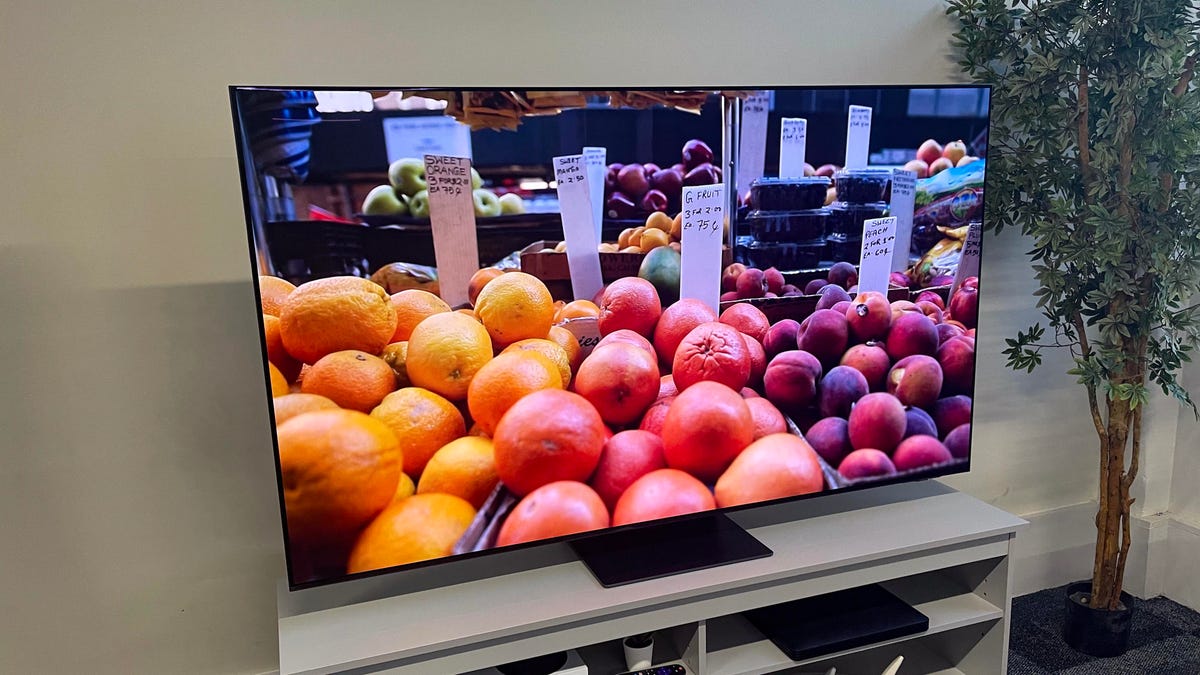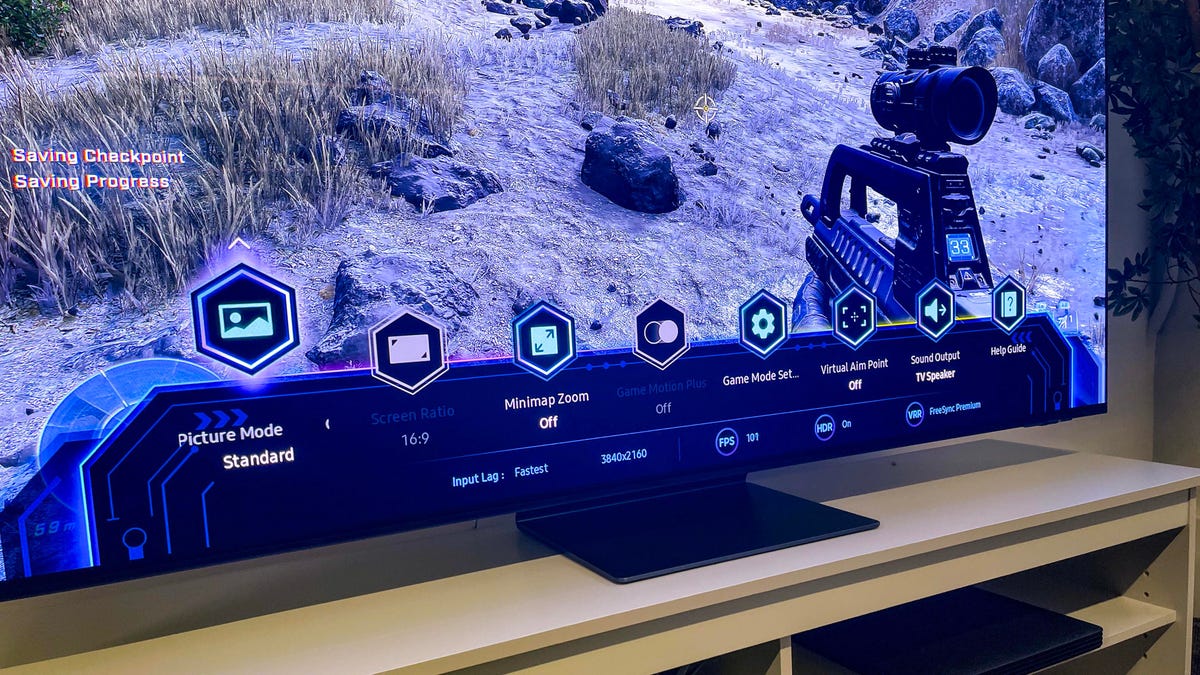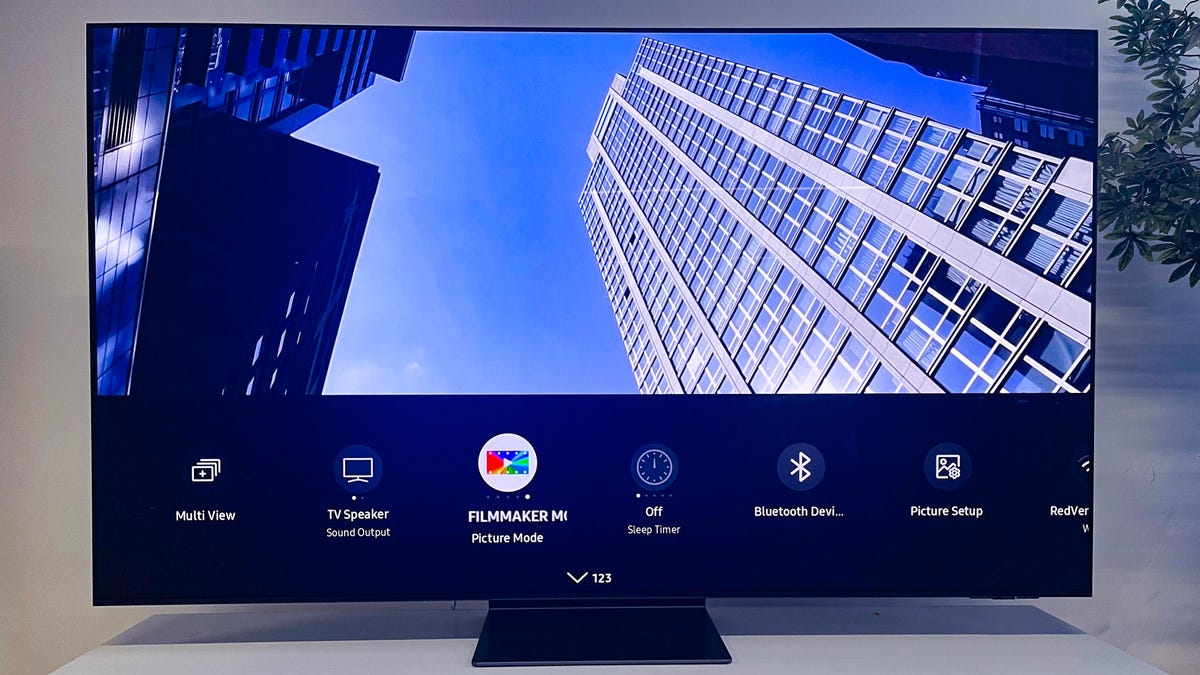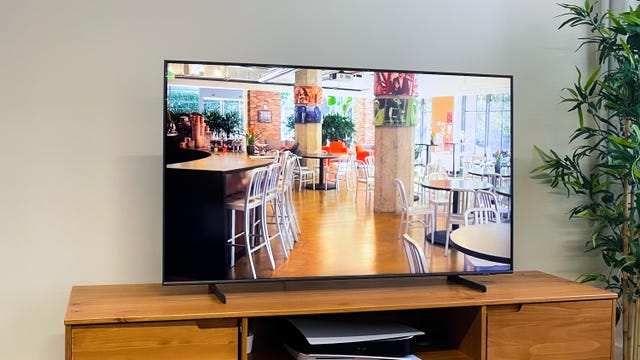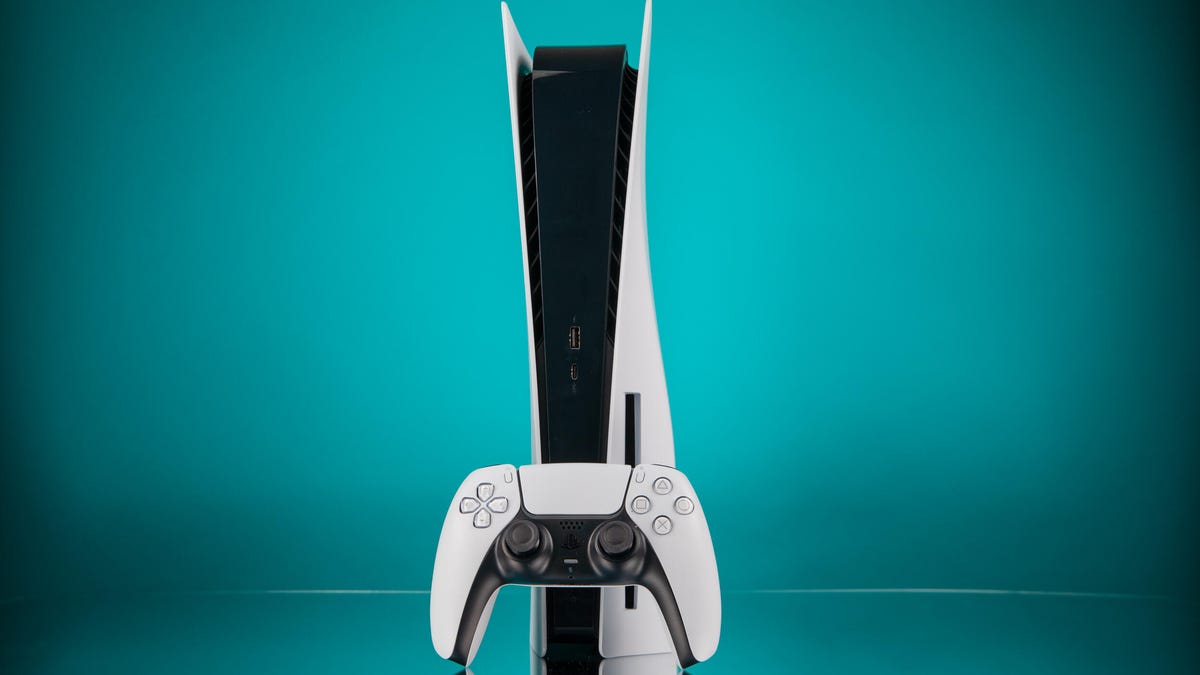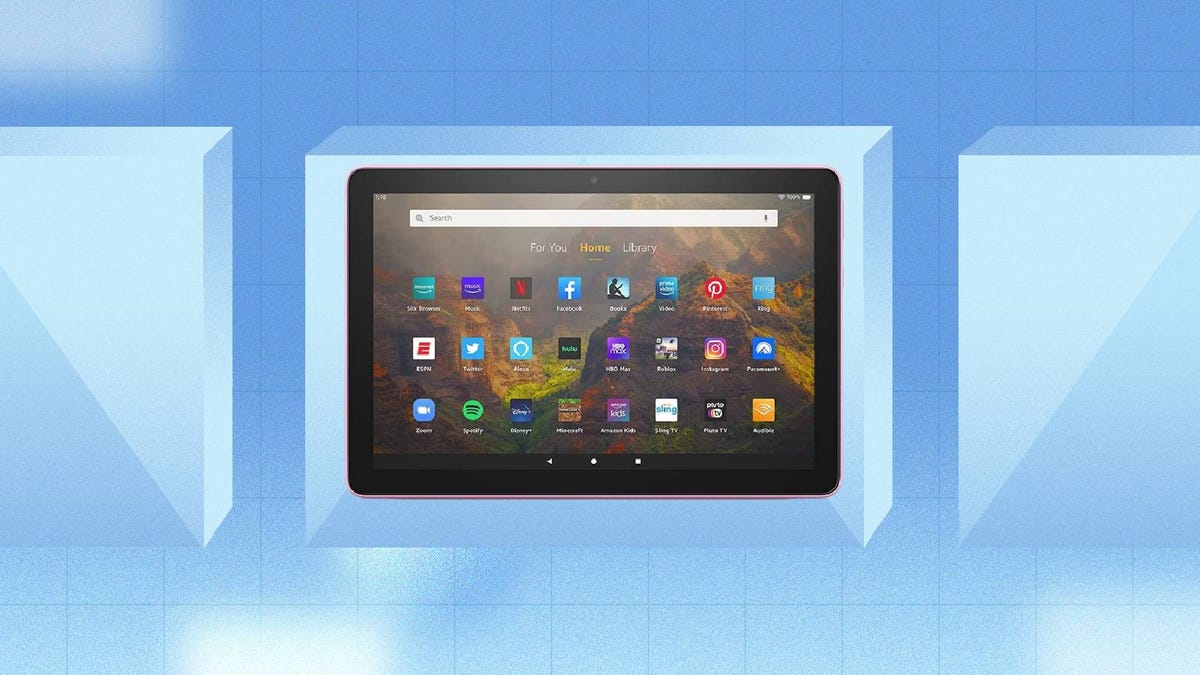Cher Horowitz had one, Serena van der Woodsen had one, Lizzie McGuire had one, and now, in 2023, Sydney Sweeney has one. I’m talking about flip phones, which through the 1990s and early 2000s were the must-have tech status symbol for teen girls everywhere.
I should know, I was one of them. When I rocked up to university, it was with my trusty Motorola Razr — an icon of its time that was famously endorsed by another icon of that time: Paris Hilton.
Just as Motorola tapped Hilton in 2001, Samsung is now leaning heavily on Sweeney, star of the beloved-by-Gen Z HBO show Euphoria and part of the cast of The White Lotus’ first season, to try to convince the teens of today that they need a flip phone in their lives. Specifically, it wants to sell them the Samsung Galaxy Z Flip 5, which it unveiled in Seoul, South Korea, along with the heftier Galaxy Z Fold 5 phone, Galaxy Tab S9 and Galaxy Watch 6 during last week’s Unpacked event.
New and notable features of the Z Flip 5 include a larger cover screen on the front of the phone and a new hinge that allows it to sit fully flat when open and close completely with no gap. It goes on sale Aug. 11, and you can preorder the phone starting at $1,000 ( 1,049, AU$1,649). CNET’s Lisa Eadicicco has been using one and says it’s a “step in the right direction” for Samsung.
Sweeney appeared at the event, both in a video and in person with a slicked-back ponytail and short gray dress, taking part in a live demo where she snapped a selfie with K-Pop idol Wonyoung. It’s the cross-cultural brand collaboration of dreams, and a savvy move by Samsung if it wants to appeal to teen girls globally. And it appears that it does.
In its ad for the Z Flip 5, Sweeney says the phone is a “game-changer” for when she’s filming videos on her own and talks about how her favorite part is the option to personalize it to fit her own style. With retro pastel graphics, the ad is designed to be catnip to young women. But Samsung still has a fight on its hands if it wants to convince this audience that the Z Flip 5 should be their next upgrade.
The fate of flip phones
Sadly for the flip phone, it’s a design that fell out of favor with teen girls (and everyone else) with the rise of the smartphone. For the past 15 years, the ubiquitous slimline slab is the only style of phone that’s been worth having — perhaps until now. Over the past few years, makers of Android phones have been developing their own foldable phones, including new generations of the Razr and the newly introduced Google Pixel Fold, packing flexible displays that can be flipped out to increase the screen size. Still, foldable phones accounted for only 1.2% of phone shipments last year, according to IDC, with Samsung dominating that category.
The majority of these phones are similar in size to a standard smartphone, and double in screen size when unfolded. But the Z Flip is half the size of a standard phone, and expands to the size of most smartphones in fold-out mode, making it ideal for people who like the idea of carrying a smaller device — a teenage girl, perhaps?
The “vintage” clamshell design of the flip phone has the potential to pique the interest of Gen Z users, most of whom are largely loyal iPhone users, according to a Financial Times report from February. There’s also some anecdotal evidence to suggest that some teens are already ditching their smartphones in favor of “dumb” old-school flip phones, according to CNN and other media reports. The Z Flip 5 offers the best of both worlds — the nostalgic look and feel of yesterday’s tech, with the cutting-edge features of today’s.

It’s notable, said CCS Insight chief analyst Ben Wood, that Samsung’s marketing and advertising campaigns for the phone heavily feature women and female influencers. (Its other products are all largely promoted by members of male K-Pop band BTS.) Android phone users have historically skewed slightly male, according to CCS research, with manufacturers struggling to attract as many female users. But the Z Flip 5 could provide some real competition to the iPhone in this regard, and the inclusion of Sweeney should “help drive interest in the product,” said Wood.
“Having an attractively designed device that offers a more compact alternative to an iPhone may be more appealing to female customers, and anecdotal feedback so far seems to suggest the Flip form factor does resonate well with women,” he said.
Flippin’ pricey
One potential roadblock for the Z Flip 5 on its way to winning the hearts and minds of teens everywhere is price. Foldable phones have struggled on the whole to gain mainstream traction at least in part due to their $1,000-plus price tags. The Z Flip 5 comes in at just under this, at $999, making it more affordable than most. (For contrast, Samsung’s other foldable phone, the Z Fold 5, starts at $1,800.)
It could be in Samsung’s favor that the improvements it’s made to this year’s Z Flip offer better value for money, said Anisha Bhatia, senior analyst at GlobalData.
“Samsung is following its Galaxy S23 strategy by giving consumers ‘more’ for the same price in this time of inflationary stress,” she said. “The Flip 5 costs the same as its predecessor at $999 but doubles the base storage to 256 GB.”
Make no mistake: That’s still a hefty amount to part with whether you’re a young person or a parent of one. But no high-end phone these days comes cheap, and the Z Flip 5 offers a lot for the money, while standing out in a crowded market with its unique design.
If any phone can tempt Euphoria and K-Pop fans to embrace Android and foldable screen technology, it wouldn’t be surprising if the Z Flip 5 is the one to do it.






